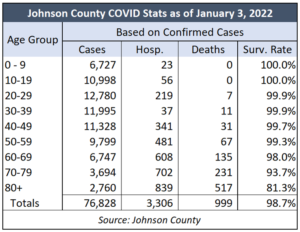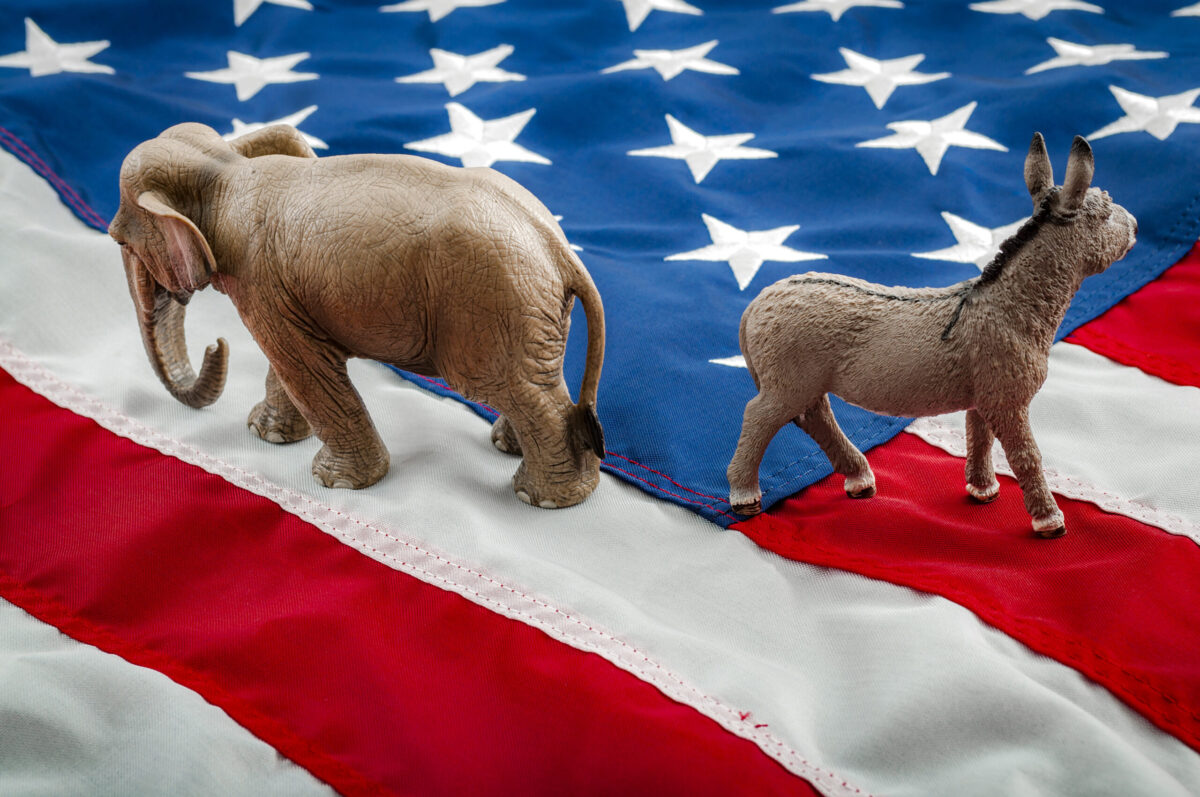Before any new action is taken on COVID restrictions, citizens deserve a straight answer from officials to this question: What data-driven analysis convinced you that the possible medical benefits of the COVID restrictions you imposed were greater than the known educational, emotional, and economic consequences of your actions?
We’ve asked that question of countless elected and health officials and their responses have either been a deer-in-the-headlights stare or an incoherent word salad.
At the very beginning of the pandemic when little was known, it was understandable that those decisions erred on the side of perhaps being overly cautious. But that has long since passed. Any COVID restrictions imposed in the last 18 months that weren’t informed by a data-driven cost-benefit analysis were political decisions, not medical or educational decisions. It also isn’t enough to simply say “we’re following the science.” Bureaucrats and elected officials need to share the hard data of their analysis, warts and all. (And by the way, questioning science is a big part of doing science.)
Some people and business owners may never recover from Kansans Governor Laura Kelly deciding who was essential and who wasn’t. At the end of November, there were still 40,000 fewer Kansans employed than in January of 2020.
Student achievement was low in 2019 and now it’s even worse. Only 21% of Kansas graduates who took the ACT test last year were considered college-ready in English, Reading, Math, and Science. The state assessment results are equally dismal and that should come as no surprise. Some school officials seem hell-bent on pursuing a “Zero COVID” strategy with no regard for students’ academic needs and overall well-being. It would almost be laughable if not so tragic.
David Leonhardt writes in today’s New York Times that American children are starting 2022 in crisis. The data he assembled documents how their lives have been upended, including:
- Children fell far behind in school during the first year of the pandemic and have not caught up.
- Many children and teenagers are experiencing mental health problems.
- Suicide attempts have risen.
- Gun violence against children has increased.
Leonhardt says “the Omicron variant is now scrambling children’s lives again.” He also says, “Data now suggest that many changes to school routines are of questionable value in controlling the virus’s spread.” And he poses an ethical question for local health and school officials.
“The widespread availability of vaccines since last spring also raises an ethical question: Should children suffer to protect unvaccinated adults — who are voluntarily accepting Covid risk for themselves and increasing everybody else’s risk, too?”
Fortunately, there is good news associated with the new Omicron variant that should inform COVID restrictions going forward.
Omicron variant more contagious but much milder
Omicron is much more contagious but national and international health officials say it is much milder. A study out of South Africa, which reported the first Omicron outbreak, says Omicron patients are 70% to 80% less likely to require hospitalization.
Omicron hasn’t been in Kansas very long, but hospitalizations and deaths are running much lower than a year ago.
Data reported as of January 3 shows hospitalizations were down 30% statewide in December and there were 84% fewer deaths attributed to COVID. There is always a time lag in reporting deaths, but this is still very good news. Things may worsen in the future, of course, but the current signs are hopeful.

There is considerable controversy over COVID restrictions in Johnson County, the state’s most populous. County Commissioners will decide on Thursday whether to rescind the current mask mandate for students through the 6th Grade, extend it, or expand it to all students.
A group of doctors is asking Commissioners to require masks, citing case surges and staffing issues. But some staffing issues are self-inflicted. The Kansas City Star reports that the University of Kansas Health System, Children’s Mercy, Saint Luke’s Health System, and Truman Medical Center are requiring employees to be vaccinated, and some employees resigning in protest.
Fortunately, there is also good COVID news in Johnson County. Hospitalizations were down  22% in December compared to December of 2020 and there were 86% fewer deaths attributed to COVID.
22% in December compared to December of 2020 and there were 86% fewer deaths attributed to COVID.
The data indicate that Commissioners have things upside down. They’ve been mandating masks on those least affected by COVID (and only while they are in school) but it’s the older population that is most impacted. The survival rate is functionally 100% for kids up to 19 years old and very few confirmed cases require hospitalization. Adults between the ages of 20 and 50 have a survival rate above 99%.
Adults of all ages, let alone those over age 70 who are most at risk, should certainly be responsible for their own health and actions, and take whatever precautions they deem necessary with the existing facts. About a quarter of confirmed cases for adults over 70 in Johnson County require hospitalization and they have an 88% survival rate.
Officials in Johnson County and elsewhere across Kansas will soon be making decisions on COVID restrictions, and they should consider all of the data – medical, educational, emotional, and economic – and make their decisions based on quantitative cost-benefit analysis.
Otherwise, they are just making political decisions dressed up as “following the science.”


